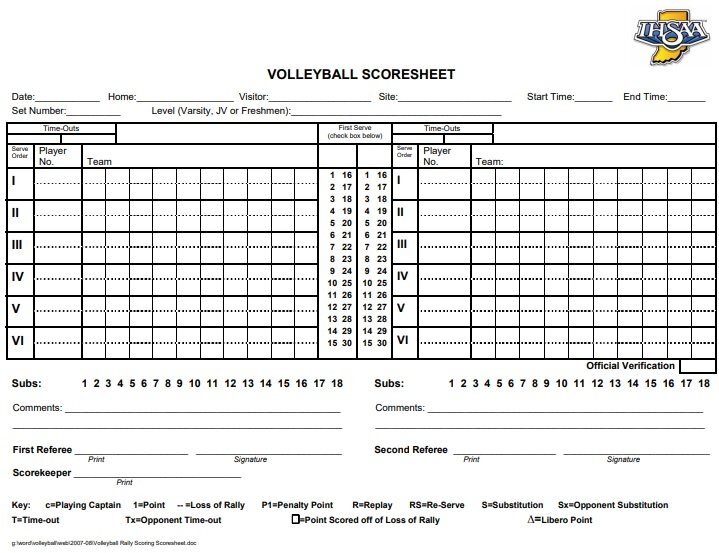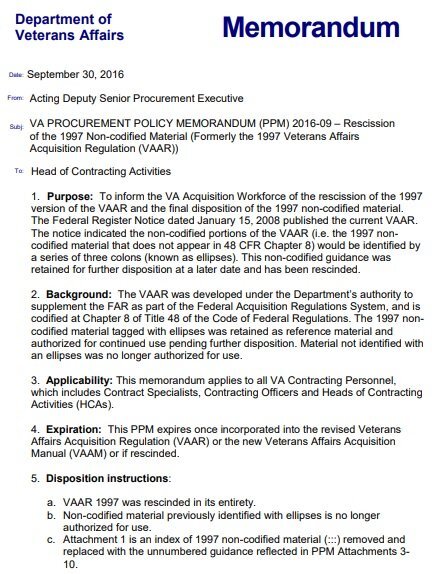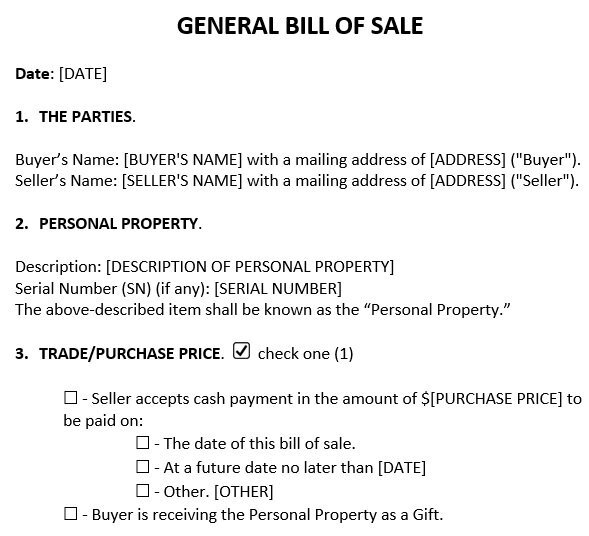Do Not Resuscitate form uses for those patients who do not want to save if their heart or breathing stops. However, this case is common for people in the last stages of cancer or with medical issues. Each state has its own resuscitation laws. Similarly, it comes with the requirement that the patient authorizes the form along with the primary physician, notary public or witnesses.
What is a Do Not Resuscitate Order?
A do not resuscitate order form abbreviated as “DNR” is for those patients who are fatally ill and do not come back to life via defibrillation or other related options. Similarly, this is a situation when a person is elder or suffering from a health condition where there is no chance to cure. To create a do not resuscitate order, in most of the states, there is a form for signature between the physicians and witnesses.
How to Get a Do not Resuscitate Order?
Speak with a Physician
Do-Not-Resuscitate Orders (DNRs) instruct doctors and other first responders not to perform CPR if a patient is not breathing or has stopped heartbeat. Also known as a “no-code” or “allow natural death” order, the DNR must be completed by a physician whose signature is required. Forms can be completed at the hospital or elsewhere but should be filed with other medical records so that all caregivers are aware of the intention. You may also see Video Release Form Templates. DNRs are vitally important documents that affirm that the patient is of “sound mind” – that they voluntarily and clearly understand the implications of refusing CPR.
Decide on Future Medical Treatment
A DNR is not a blanket declaration that covers all medical interventions, as it is a common belief. It only refers to cardiopulmonary resuscitation. Generally, other forms of treatment, including the provision of drugs, chemotherapy, and testing, are not part of this. Medical care should include a DNR as part of a comprehensive plan. Patients generally have the right to choose which treatments to accept and should control their treatment process – however, things can become more complicated if the patient is incapacitated or Inability to communicate with medical staff or family members. It is best to formalize these more comprehensive care directives in a “living will” or “advanced directive.” See below for more information.
Download, Complete and Sign
Both the doctor and patient should sign the Do Not Resuscitate form by hand in the presence of two witnesses. In addition to validating the signatures of the doctor and patient, these witnesses also ensure that the patient was of sound mind when signing the document (View State Signing Requirements) A copy of the DNR should be kept by both the patient and the doctor.
Store the Form in a Safe Place
Although a DNR should ensure that a patient is not given CPR in a hospital setting, it may not alter the course of treatment at home. To help ensure that the Do-Not-Resuscitate intention is conveyed, patients are often given a bracelet or the like that is visible to first responders and other individuals in an emergency, out-of-hospital setting.
Reasons To Have a Do Not Resuscitate Order
Even as modern medicine advances, patients still find themselves in difficult, even terminal situations.
- Long-term Illness
- Prolong Pain
- Elderly
- Terminally ill
- Dementia
- Alzheimer’s Disease
Living Will Vs. Do Not Resuscitate Order Form
In terminally ill states, a living will restrict a patient’s right to food, water, and assisted breathing, while a do not resuscitate order restricts a patient’s right to immediate life-saving methods.
Do Not Resuscitate Orders: How To Revoke Them
Speak to your doctor about revoking a DNR. Furthermore, you should destroy any documentation that asserts the DNR, such as bracelets, wallet cards, or any other indicators that emergency personnel might find.
Do Not Resuscitate Orders – How To Write One
The Paperwork requires to issue A DNR to obtain this page
By clicking the “PDF” button (or link) above, you can directly access this document. Moreover, select the “Word” or “ODT” button if you wish to use a word processing program. Remember to download the file that is compatible with your computer’s environment so you can edit information on screen if you prefer. This document can be printed using your browser to open the PDF version. Whether you fill out the information onscreen or manually, this paperwork must be printed and signed by several parties to be taken seriously.
Introduce the Patient and the state where He/She Lives
You must print and sign the paperwork by several parties, whether you fill out the information onscreen or manually. Don’t Resuscitate Order For _______________________________________ Be Aware Do not attempt to resuscitate this patient This document represents the official request, legal in the state of ____________________, to order all medical personnel to cease any attempt to resuscitate this patient and allow a natural death. Section I, ii, iii or iv should be complete with section v. Therefore, you need to locate the blank line in the introduction then, fill in the state where the patient lives and this order is governed.
It is important that the patient makes his/her wishes known
The first item is titled “I. Please provide the full name of the Patient to the blank line preceding the term “…The Undersigned Patient…” Make sure that the name appears exactly as it appears in the title. Patient Request I _____________________ the signing patient direct that resuscitate measure going to held from me in the cardiopulmonary cessation. This is already in my knowledge and discussed with the physician. As a result, I understand the consequences of the decision. As part of the signing process, the Patient must sign his or her name on the “Signature of Patient” line and document the current calendar date on the “Date” line. This should report in front of the Signature Witnesses and Notary Public.
It is essential to acknowledge and support the status and preferences
Hospitals, medical facilities, and health care institutions responsible for the patient’s care must indicate that they have received and understood the patient’s directives. In the “II” section. A living will or advance directive requires the full name of the institution’s authorized representative. You will need to document the hospital’s legal name on the second blank line in this section. In this section, the Authorized Representative must sign the line labelled “Signature Of Representative” in front of the Witnesses and Notary Public. In addition, he or she must include the signature date on the adjacent blank space.
The Attorney-In-Fact must make a Formal Declaration
In most cases, the Patient’s Directives will name a specific entity that may make decisions regarding the Patient’s medical treatment or care when he or she is no longer able to communicate. However, participation by this party is compulsory in “III.”. The first blank line in this section needs to fill in with the name of the agent or attorney-in-fact. Note: The Attorney-in-Fact’s name should be as it is as it was in the power of attorney. In most cases, the Patient’s Directives will name a specific entity that may make decisions regarding the Patient’s medical treatment or care when he or she is no longer able to communicate. However, participation by this party is compulsory in “III.”. The first blank line in this section needs to fill in with the name of the agent or attorney-in-fact. Note: The Attorney-in-Fact’s name should be as it is as it was in the power of attorney. You should also Personal Property Bill of Sale Form.
A Health Care Surrogate Will Need To Prove Their Intent
The next entity that is necessary to involve in this document’s execution is the Health Care Surrogate. In the section titled “IV,” place a blank line before the words “… the surrogate certified to make decisions.”. On this line, type “Surrogate Consent”. In the presence of two witnesses and a Public Notary, the Health Care Surrogate must sign his or her name in acknowledgement of the above statement. Furthermore, he or she must report the date of the signature on the “Date” line.
Physicians’ Statements Of Official Instruction Require Attention
Specifically, in the “V. Physician’s Authorization,” the patient’s desired physician directives have been provided. Before signing this paperwork, every party should carefully read this section, as well as all others. It is the responsibility of the Physician to sign and print his or her name on the blank lines labelled “Signature Of Physician” and “Print Name” (respectively), and then record the current date on the space labelled “Date” to formally issue these orders.
For this execution to be valid, it must be verified as true
If all the sections above have been completed with the required information and are signed by the required parties, this paperwork should be surrendered to the Two Witnesses who physically witnessed each of the Signature Parties sign their names. A separate signature area mentions in the “VI” for Witnesses. Each Witness will have their section in the “The Witness(es) And/Or Notary Public” section. Select a Witness Statement from the list below, read the paragraph, sign the “Signature Of Witness…” line, print his or her name on the line below it, and supply the date under his or her signature. It’s important to keep in mind that each state will have different requirements. Therefore, one can be a witness and how much is the requirement. Before issuing this document, we highly recommend you are fully aware of such requirements in your local government. If more space needs, you may either use an editing program to copy and paste. Further, one of these signature areas for additional Witnesses or simply provides an attachment. Please refer to each additional Witness sequentially witness 1,2,3 etc.
do not resuscitate dnr order form
do not resuscitate form template
free do not resuscitate order form
printable do not resuscitate order form
Conclusion
A Do Not Resuscitate form (DNR) form is a legally binding document. Moreover, it is regulated by the state in which the patient is admitted, and can vary from state to state. Patients who are terminally ill, for whatever reason, prefer not to have their breathing or heart stopped. As a result, they require medical attention, will require a Do Not Resuscitate order. Such a form is not difficult to draft – it is a simple document and you can prepare it quickly. The signatures of both the physician and a public witness are necessary to make it a legal document.


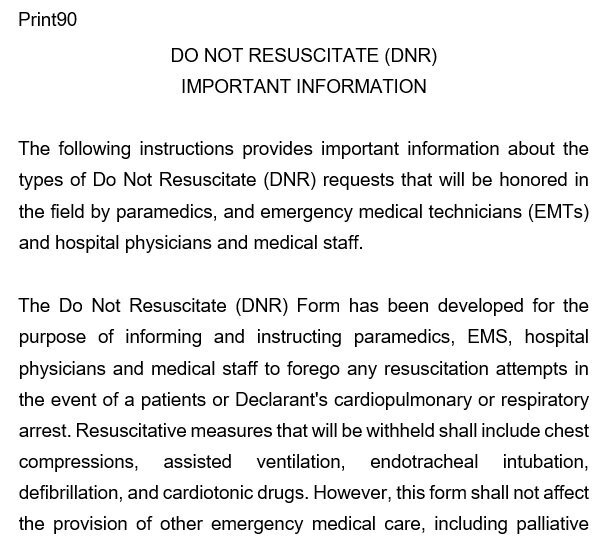

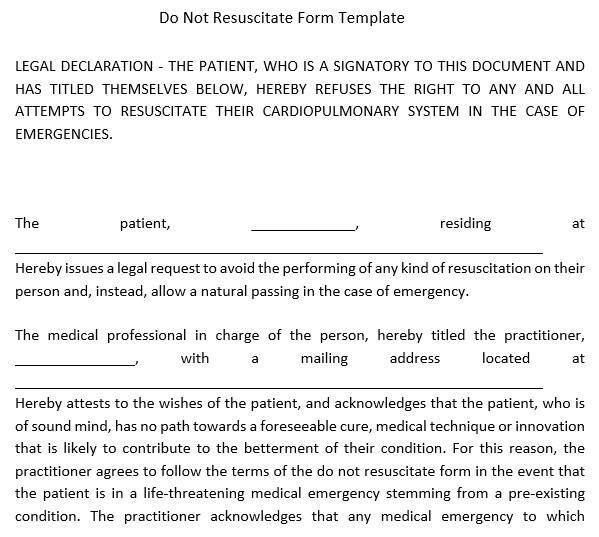
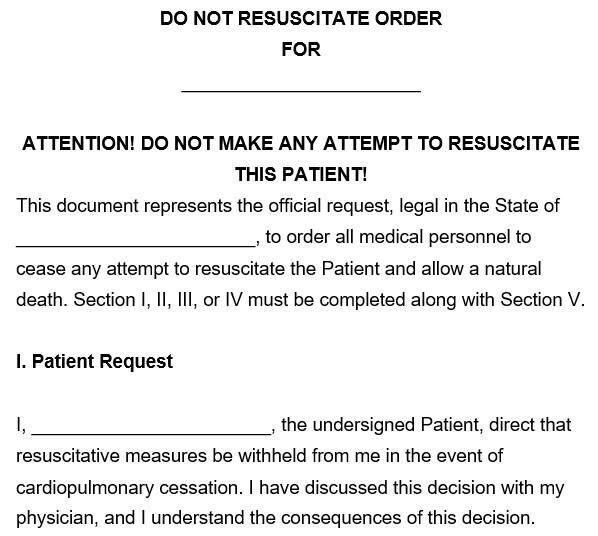
![30+ Printable Medical History Form Templates [Word, PDF] significant medical history template](https://cdn-ildebcd.nitrocdn.com/jnQCRkBozueuJprueOUxlAYnHGPdsTNY/assets/images/optimized/rev-d7007a4/templatedata.net/wp-content/uploads/2021/06/significant-medical-history-template-150x150.jpg)
![20+ Free Printable SBAR Templates [MS Word] free SBAR template 2](https://cdn-ildebcd.nitrocdn.com/jnQCRkBozueuJprueOUxlAYnHGPdsTNY/assets/images/optimized/rev-d7007a4/templatedata.net/wp-content/uploads/2021/08/free-SBAR-template-2-150x150.jpg)
![Printable Doctor Prescription Pad Templates [Word, PDF] free prescription pad template 13](https://cdn-ildebcd.nitrocdn.com/jnQCRkBozueuJprueOUxlAYnHGPdsTNY/assets/images/optimized/rev-d7007a4/templatedata.net/wp-content/uploads/2021/08/free-prescription-pad-template-13-150x150.jpg)
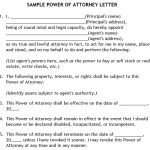

![100% Free Progress Notes Templates [Word | PDF] progress notes template word](https://cdn-ildebcd.nitrocdn.com/jnQCRkBozueuJprueOUxlAYnHGPdsTNY/assets/images/optimized/rev-d7007a4/templatedata.net/wp-content/uploads/2021/06/progress-notes-template-word-150x150.jpg)

![20+ Free Packing Slip Templates [Excel, Word, PDF] editable packing slip template](https://cdn-ildebcd.nitrocdn.com/jnQCRkBozueuJprueOUxlAYnHGPdsTNY/assets/images/optimized/rev-d7007a4/templatedata.net/wp-content/uploads/2021/05/editable-packing-slip-template-150x150.jpg)
